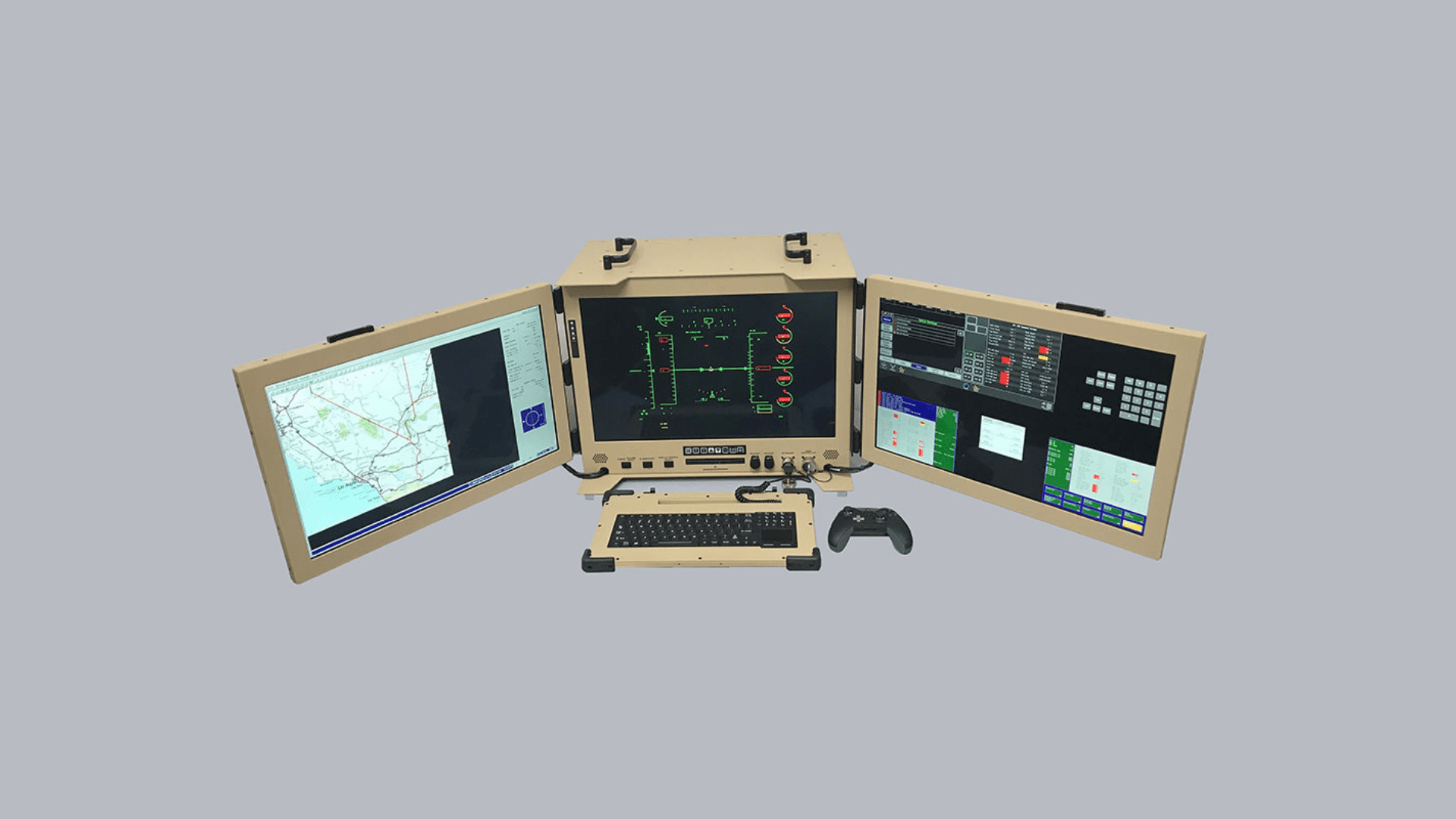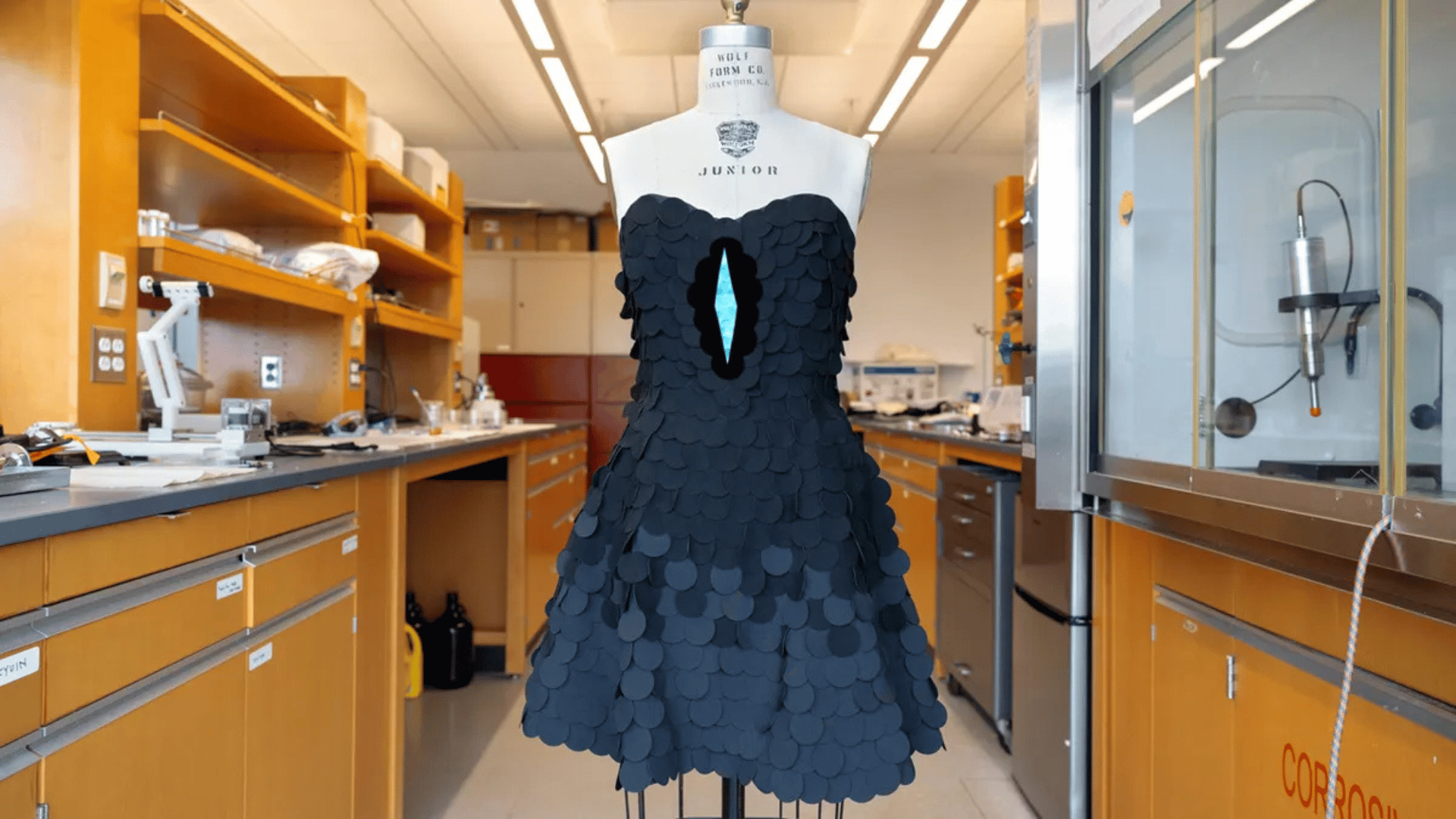General Atomics has a fleet of Remotely Piloted Aircraft (RPA) and Remotely Piloted Aircraft Systems (RPAS). These unmanned aircraft don’t have cockpit pilots, but humans still control them.
Certifiable Ground Control Station (CGCS)

General Atomics’ Certifiable Ground Control Station (CGCS) was designed for use with RPAS, specifically the MQ-9B SkyGuardian and SeaGuardian. These aircraft are the world’s first RPAs designed and built to fly in non-segregated airspace. According to the company, its architecture separates flight and mission-critical functions.
Flight critical functions are performed using off-the-shelf avionics and flight computers running the company’s certifiable Design Assurance Level software. The CGCS features include an integrated avionics system, flight computers, and sensor and payload control for MQ-9B. Its Common Operational Picture (COP) and improved display technology significantly improve situational awareness and reduce pilot workload. In addition, intuitive interfaces help the pilot identify potentially hazardous situations more quickly and easily.
The CGCS may be retrofitted into existing military and government agency fixed-site facilities and fielded mobile GCS shelters.
Block 30 Ground Control Station

The Block 30 Ground Control Station (GCS) is designed strictly for remote locations, either as a furnished building or a mobile shelter. Pilots use this control station to control one aircraft. It has dual HD-integrated touch-screen displays and a video-switching capability to move videos from any screen.
Between the pilot and payload operator sits a 24-inch display that provides screen space to share pilot/payload data such as weather and airspace information or anything else that is important to both crew members.
Missions are often extended, so pilot comfort is important. The GCS is equipped with adjustable heated aircrew seats and adjustable rudder pedals. A Satellite Communications (SATCOM) data link allows the cockpit to be remotely controlled. However, two ground-based radios and other systems enable direct line of sight (LOS) operations.
Portable Aircraft Control Station (PACS)

The Portable Aircraft Control Station (PACS) is a rugged, miniaturized system with pre- and post-flight operation capabilities and engine functions. It replaces standard aircraft maintenance and control stations. The PACS has a self-contained, ruggedized, portable unit ready for downrange deployment that allows it to replace traditional maintenance and control stations. General Atomics describes this feature as a “capable, compact, and cost-effective solution.”
Combined with Automatic Takeoff and Landing Capability (ATLC) and SATCOM Taxi, the PACS can replace the full-size ground control station at the launch and recovery site (LRE). A USB hand controller and touch screens also replace traditional “Stick and Throttle” functionality.
Tune in to the Science Channel to watch Drone Defense at 10 AM EST on Saturday, December 7!







